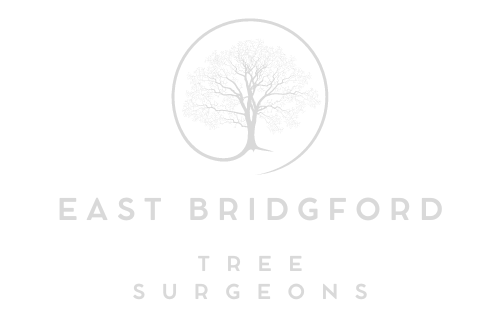The Science of Root Management in Tree Surgery
Introduction: Tree surgery is not just about the visible parts of a tree; it also involves the often-hidden world beneath the soil—the tree’s roots. Root management is crucial in tree surgery, ensuring trees’ health, stability, and safety and the surrounding environment. In this blog post, East Bridgford Tree Surgeons delves into the science of root management in tree surgery, highlighting its significance and the techniques involved.
1. Understanding the Role of Roots
Tree roots serve several essential functions, including anchoring the tree, absorbing water and nutrients, and storing energy reserves. To provide optimal care for trees, it’s crucial to understand the role and structure of roots.
2. Diagnosing Root Issues
Root issues may not always be visible on the surface, but their impact can be significant. Certified arborists use various diagnostic tools and techniques, such as soil testing and root examinations, to assess root health and identify potential problems.
3. Root Pruning
Root pruning is common in tree surgery, especially when dealing with trees near structures or hardscapes. It involves selective removal of roots to prevent damage to buildings, sidewalks, or utilities while preserving the tree’s overall health.
4. Air Spading
Air spading is a non-invasive method using compressed air to uncover and assess a tree’s root system safely. This technique allows arborists to examine root health, identify compaction issues, and perform necessary root treatments without causing harm to the tree.
5. Root Collar Excavation
Root collar excavation involves carefully exposing the area where the tree’s trunk meets the roots. This process helps identify issues like root girdling, which can restrict nutrient flow and lead to tree decline. Correcting such problems can rejuvenate the tree.
6. Soil Aeration and Amendments
Improving soil conditions is essential for root health. Arborists may aerate compacted soil, add organic matter, or adjust pH levels to create a healthier environment for root growth and nutrient absorption.
7. Root Zone Protection
Root zone protection measures are crucial to prevent root damage during construction or landscaping projects near trees. Barriers and fencing shield the tree’s root system from heavy machinery and soil compaction.
8. Treating Root Diseases and Pests
Diseases and pests can compromise root health. Arborists can diagnose and treat these issues, often using specialised techniques and treatments to restore root vitality.
Conclusion: Root management is a fundamental aspect of tree surgery, as it directly impacts the health, stability, and longevity of trees. Understanding the science of roots, diagnosing root issues, and employing the appropriate techniques are all essential for responsible tree care. East Bridgford Tree Surgeons is dedicated to providing expert root management services, ensuring the health and safety of your trees and the environment.
Call us on: 0115 647 1178
Click here to find out more about East Bridgford Tree Surgeons
Click here to complete our contact form and see how we can help with your tree’s needs.

